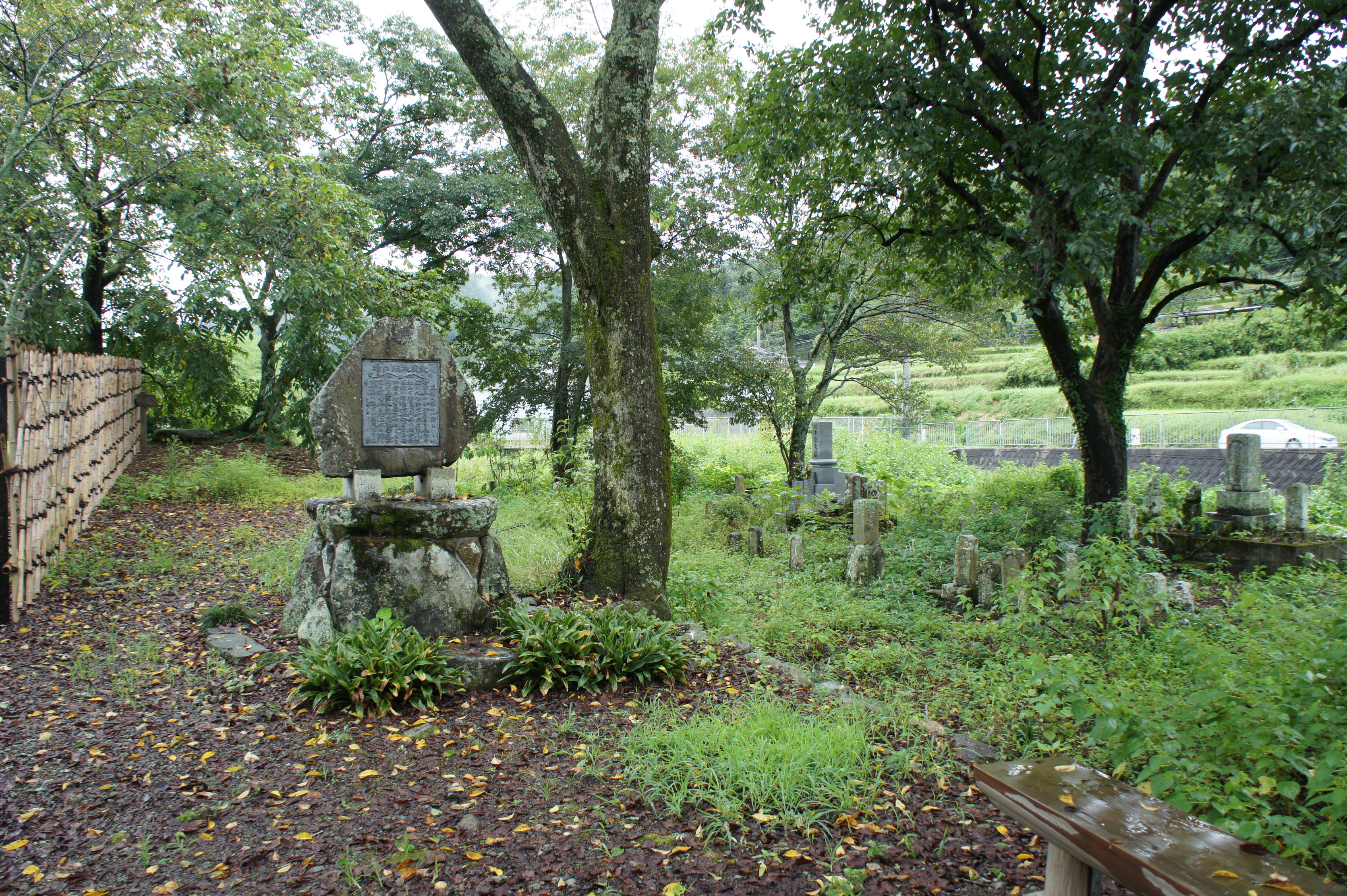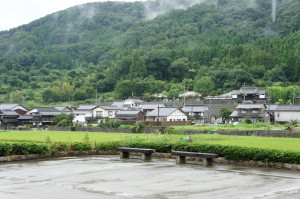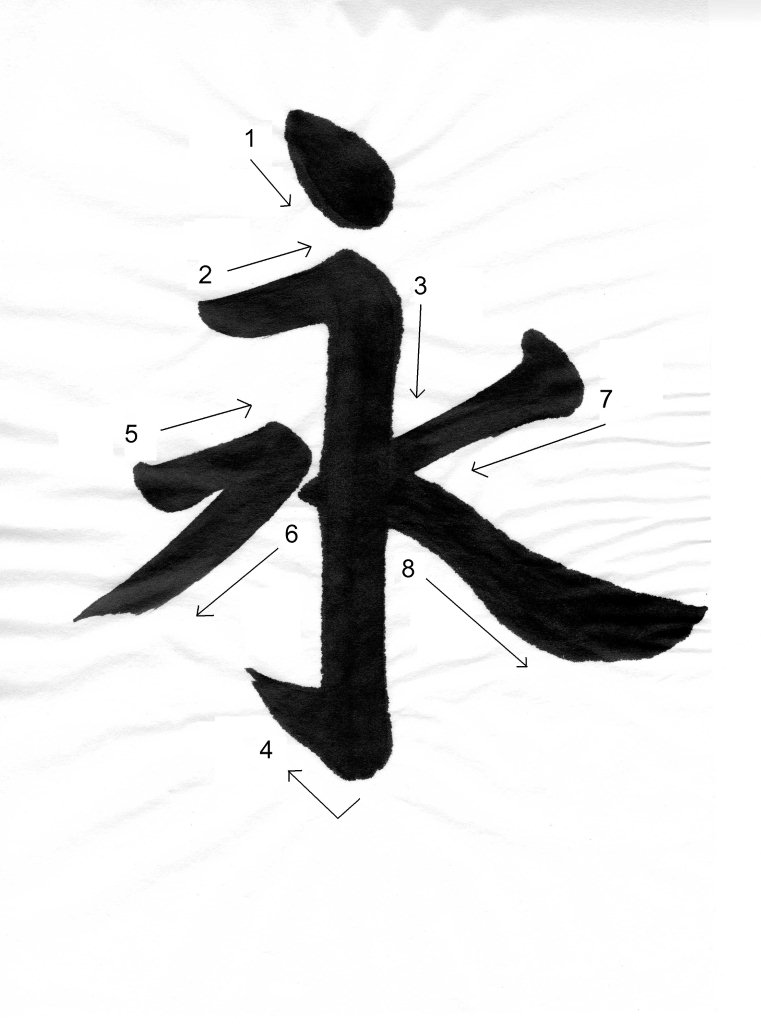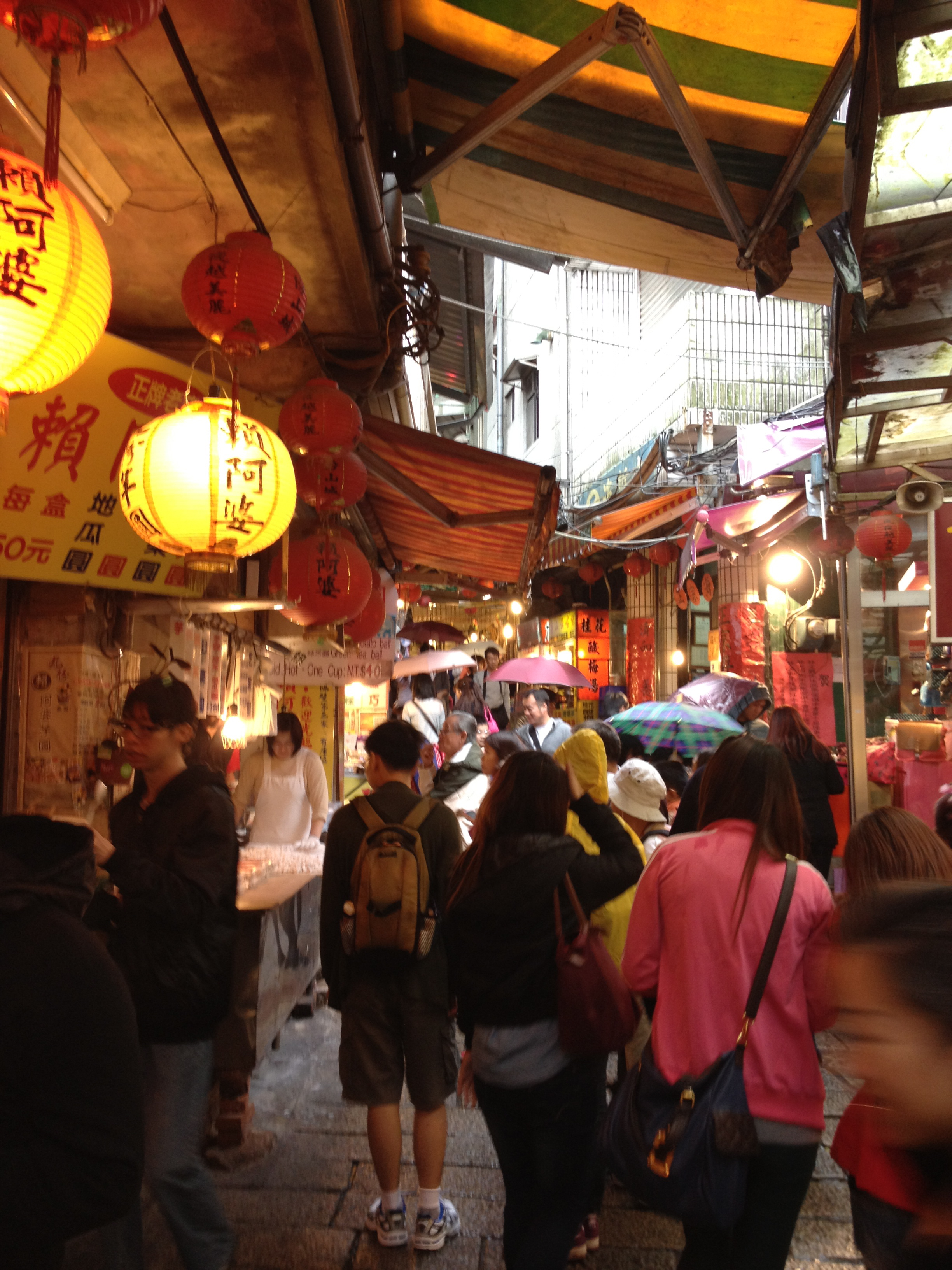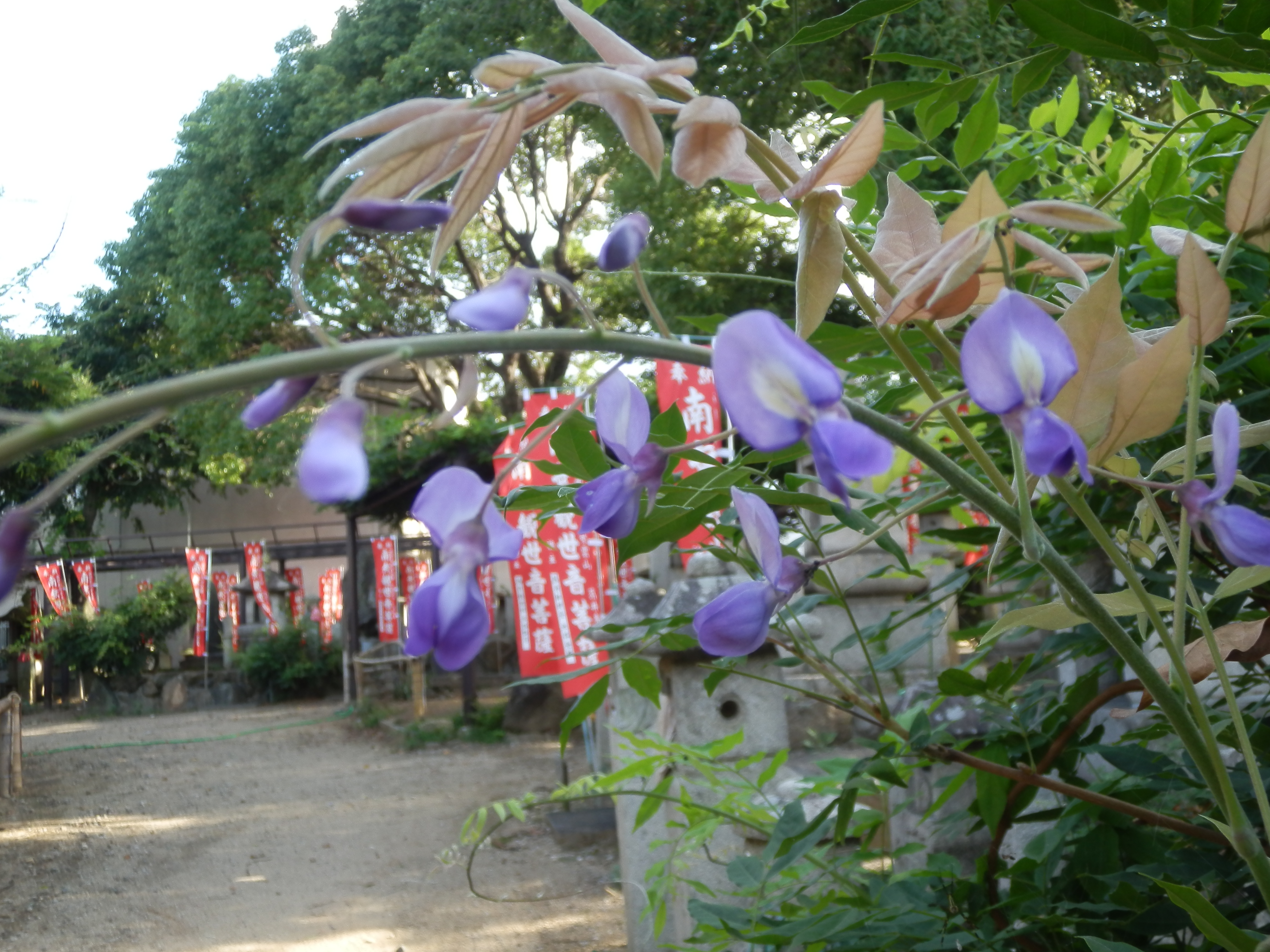Heart of Japan: Sayocho: A Viewpoint of Hyogo’s Pastoral Past and Future
This article is brought to you through a partnership with the Heart of Japan blog, a project by the Hyogo International Association.
Having defeated a renowned swordsman in a decisive battle at the age of 13 in the early Edo Period (somewhere between 1584 and 1645 according to legend), the fame of masterless-samurai, or rounin, Musashi Miyamoto continues to draw visitors from far and wide to see his battleground and memorial in Sayocho in far Western Hyogo Prefecture.
Coming to Sayocho for tales of adventure and intrigue, visitors also find other common traits of rural Japanese life, representing small-town Japan in three key ways. First, Sayocho has a rich local history that exemplifies Japan’s deep national roots (especially in comparison to newer countries like the United States, Canada and Australia). Second, similar to numerous rural Japanese towns, Sayocho has goods and foods unique to its particular area. Third, Sayocho has challenges that many small towns in Japan also face: a shrinking population and an arduous recovery from a natural disaster.
Sayocho’s historical connection to Musashi Miyamoto is depicted in the world-famous “Book of Five Rings†(peaking in popularity in the West as a “mystical Eastern†approach to business during Japan’s period of spectacular economic growth in the 70s and 80s). Miyamoto allegedly wrote the work himself, making the legend of his deeds a multi-century favorite.
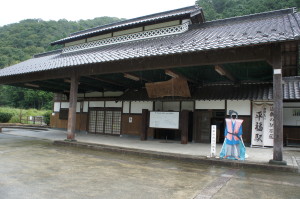 Sayocho pays its respects to Miyamoto all over town: from its rustic train station (with a cutout image panel where you can have your photo taken with your face on his body!) to a memorial stone for his famous battle at the age of 13.
Sayocho pays its respects to Miyamoto all over town: from its rustic train station (with a cutout image panel where you can have your photo taken with your face on his body!) to a memorial stone for his famous battle at the age of 13.
After following in Miyamoto’s steps, you might want to try Sayocho’s local foods: deer croquette (or shika-korokke) and yaki-udonhorumon (thick udon noodles fried with a type of meat you would probably be better off not knowing the specific definition of). Sayocho’s deer croquette is a clever (and delicious!) solution to its deer overpopulation problem which causes environmental issues.
Environmental issues aren’t the only kind Sayocho faces. Its population has been steadily declining since the 1950s, with local residents drawn to the city for greater economic opportunities. The current Sayocho is actually a consolidation of smaller towns such as Kozukicho, Nankocho and Mikazukicho. With dwindling populations, budgets and support services, the people voted to merge into Sayocho and pool their resources –a pattern taking place all over Japan.
In addition to issues arising from its shrinking population, Sayocho also has to cope with recovery from a devastating flood in 2009 as a result of a typhoon. Nevertheless, Sayocho maintains its value as a window to the rural face of Japan –an increasingly endangered, yet persevering world.
How To Get There
From Sannomiya: Take the JR Super Hakuto towards Kurayoshi and get off at Sayo Station (1 hour 12 minutes; 4,460 yen)
Or take the JR Tokaido/Sanyo Main Line towards Himeji, getting off at Himeji (39 minutes) > Take the JR Kishin Line towards Harimashingu (32 minutes) > Take the JR Kishin Line towards Sayo (29 minutes) > get off at Sayo station (total of 1 hour 53 minutes and 1,890 yen).
Words: Joshua Kaplan (Hyogo PA/CIR)
Photos: Hana Na
